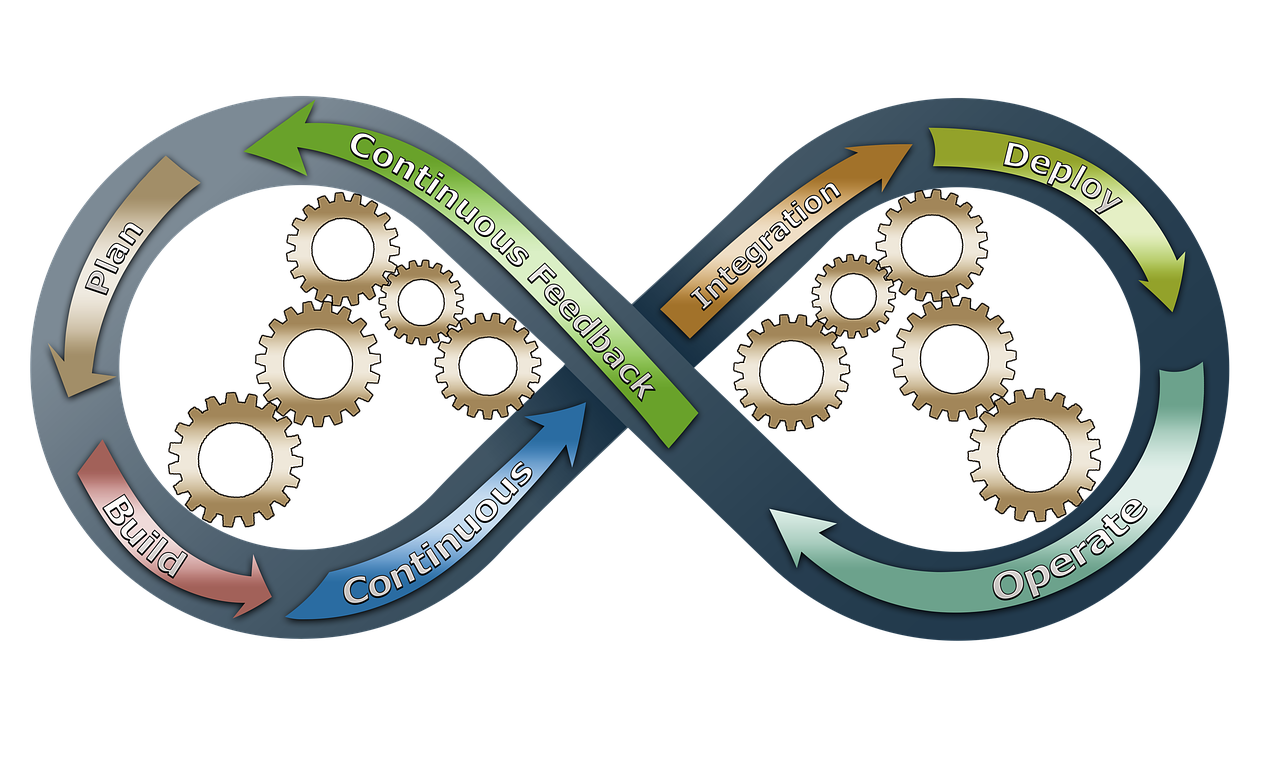Last week, I spoke about the importance of actioning customer feedback, so I would now like to focus on continuous improvement by using the information to optimise your brands and services.
If you prefer to listen rather than read:
The Customer’s Need for Continuous Improvement
The only constant in business today is change! And customers expect businesses to be constantly adapting and preparing for their future needs.
A survey by Salesforce reported that 76% of consumers expect companies to understand their needs and expectations.
Thriving in this dynamic environment requires a commitment to continuous improvement and a deep understanding of customer needs and preferences.
Businesses that embrace these practices enhance their products and services and craft exceptional customer experiences, setting themselves apart from the competition.
This blog looks at the critical role of continuous improvement and customer feedback, offering insights and strategies to help organizations stay ahead and resonate with their market.
The Value of Continuous Improvement
Continuous improvement is not just a strategy; it’s a mindset that drives business growth and success. In a world where customer expectations are continually evolving, companies that prioritize ongoing improvement can adapt, innovate, and remain competitive.
For instance, Toyota, through its Kaizen philosophy, has seen a significant reduction in production costs and an increase in vehicle quality.
1.1 The Concept of Continuous Improvement
Continuous improvement, a philosophy embodied by concepts like Kaizen and lean management, is about making small, incremental changes that collectively lead to significant enhancements.
This approach is not just about streamlining processes; it’s about fostering a culture where every team member is empowered and encouraged to seek out ways to enhance performance and productivity.
A study by Bain & Company revealed that companies embracing lean management and continuous improvement techniques saw a 20% increase in customer satisfaction and a 35% growth in financial performance.
1.2 Benefits of Continuous Improvement
The benefits of continuous improvement extend beyond operational efficiency. It’s about nurturing a proactive culture that anticipates and responds to changes swiftly.
Organisations that adopt this approach witness improved productivity, heightened customer satisfaction, and a robust capacity for innovation. It’s not just about doing things right; it’s about doing the right things, continually.
For example, Motorola’s Six Sigma program has reportedly saved the company over $17 billion over the years.
Leveraging Customer Feedback for Improvement
Customer feedback is an invaluable resource, offering direct insights into what’s working and what’s not.
Microsoft’s decision to reintroduce the Start menu in Windows, following widespread customer feedback, significantly improved user satisfaction and acceptance.
2.1 Listening to Customer Voice
Customers interact with businesses through various channels, each offering unique insights. From surveys to social media interactions and direct customer service engagements, understanding how to collect and leverage these interactions is crucial.
Each channel provides a different perspective, collectively offering a comprehensive view of customer sentiment and experience.
Adobe’s Digital Trends Report highlighted that companies with strong omnichannel customer


